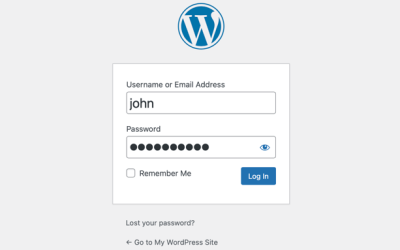Spam emails and unwanted submissions through contact forms can be a frustrating and time-consuming problem for website owners. Fortunately, there are several effective strategies you can implement to stop email spam and contact form spam on your WordPress website. In...
Prevent Email and Contact Form Spam on Your WordPress Website
read more



